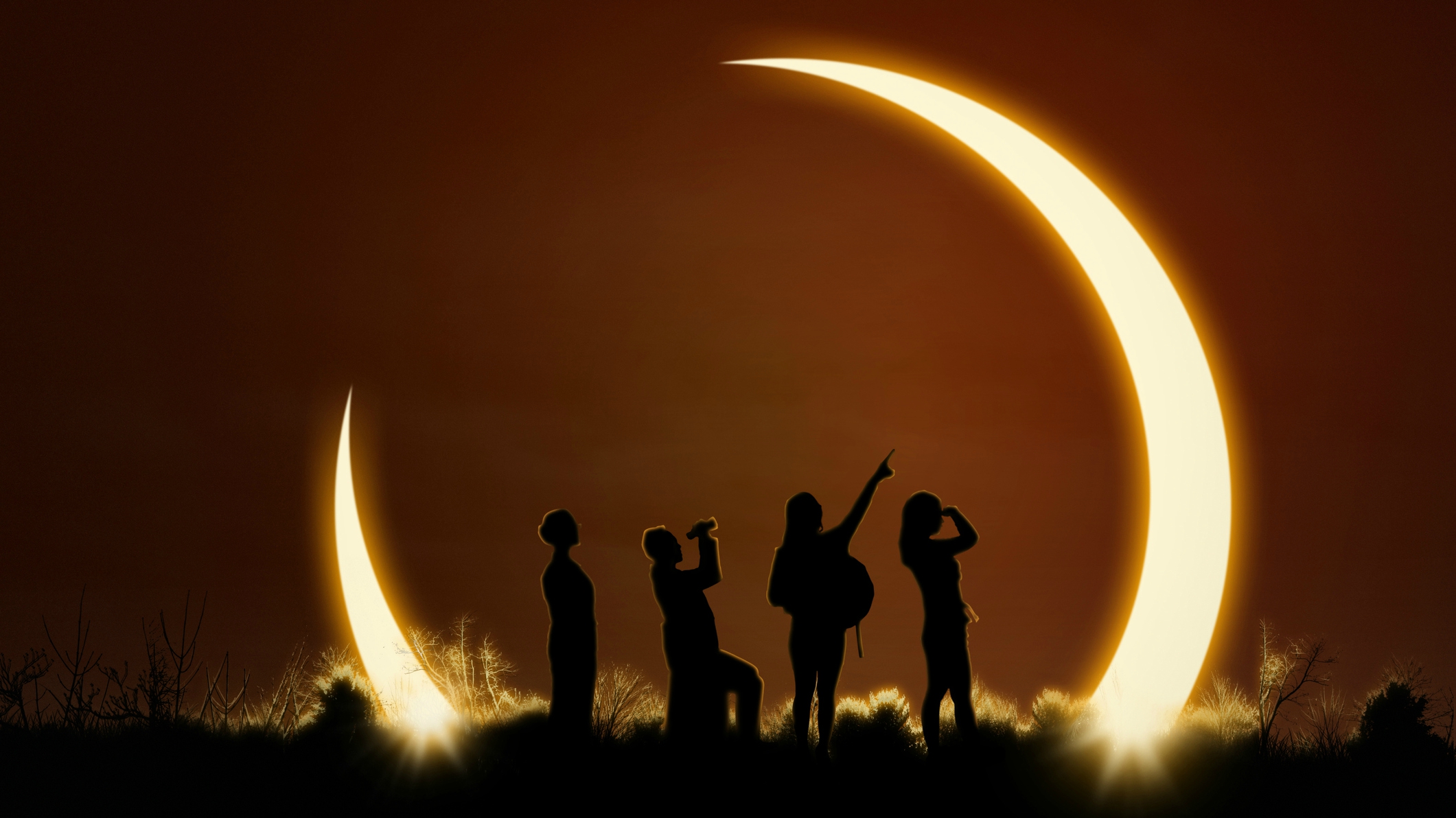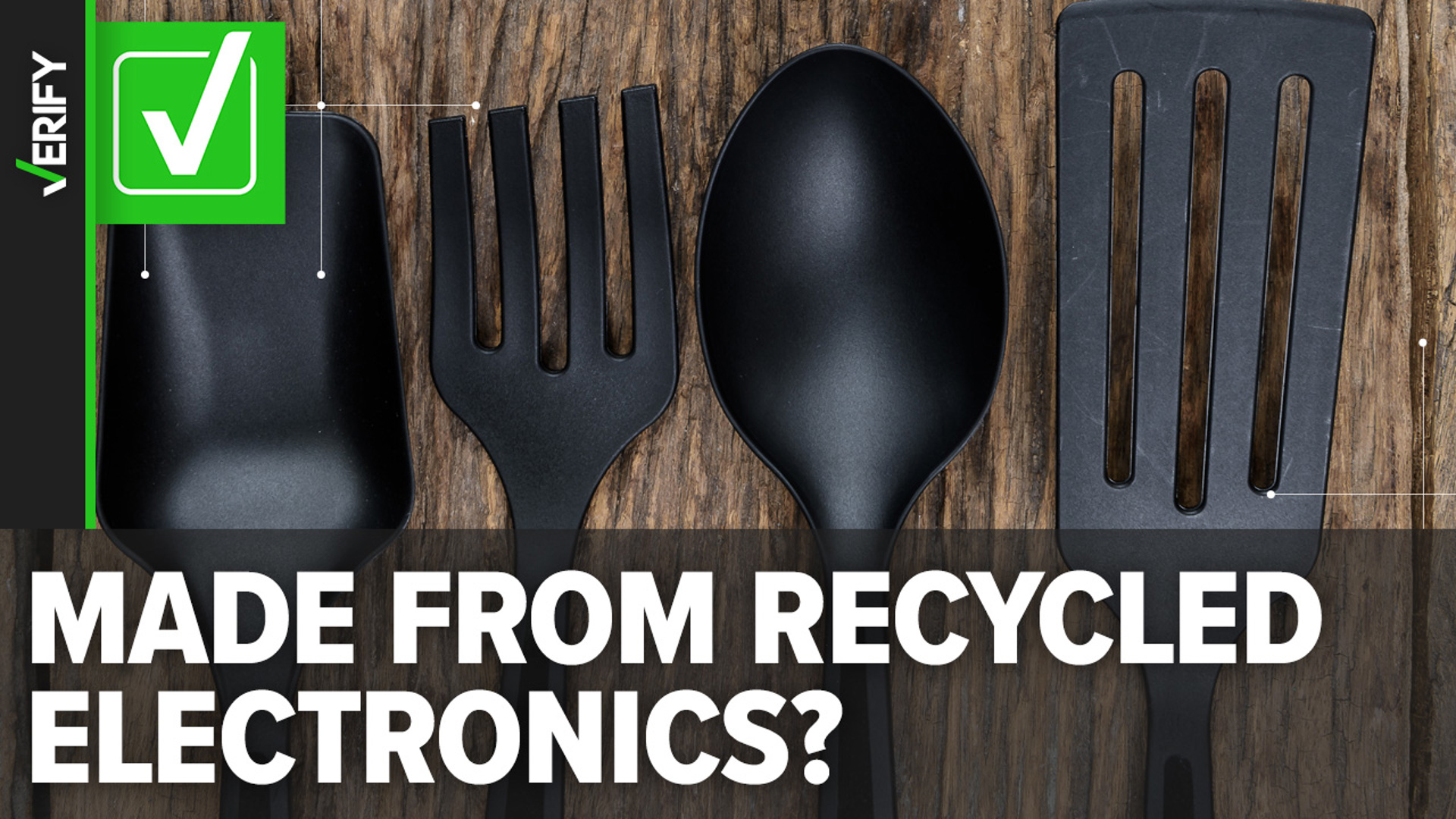Looking directly at the solar eclipse can be dangerous for our eyes, but what about cameras and cell phones?
There's a lot of debate about that topic online, but our sister station KENS 5 verified with NASA that if you are just taking a quick snap shot with no attached accessories, your phone should be fine.
NASA says that most phone lenses are very small, and do not project enough light to be harmful to your eyes. Phones also have UV filters that cut down on some of the light landing on the sensor.
The best thing to do with a smartphone is attach ISO-certified sun viewing glasses to the phone and snap your photos.
"One of the things I recommend is that you take your [ISO-certified] glasses, put your lens through it, and then you have a viewfinder where you can see through the camera and you can make pictures that way,” professional photographer Jason Parker explained.
However, snapping a photo of the eclipse can cause major damage to your phones if you have any sort of zoom lens attached to your phone. You will need a special protective filter so you don't damage your camera sensor.
Parker verified that the same goes for more traditional zoom cameras, especially a DSLR.
"It's not recommended that you point a camera at the sun and make photos without neutral density protection,” Parker said. “In order to see the sun, you gotta get the 16/18 neutral density [filter] to bring it down so that the camera can see the light so it can capture and record it."
A neutral density filter is basically like a darkened glass that you place between your subject and your camera sensor. It reduces all light wavelengths reaching your camera sensor without affecting color reproduction.
If you damage the camera on your phone, the repairs can cost anywhere from $50 to $200.


